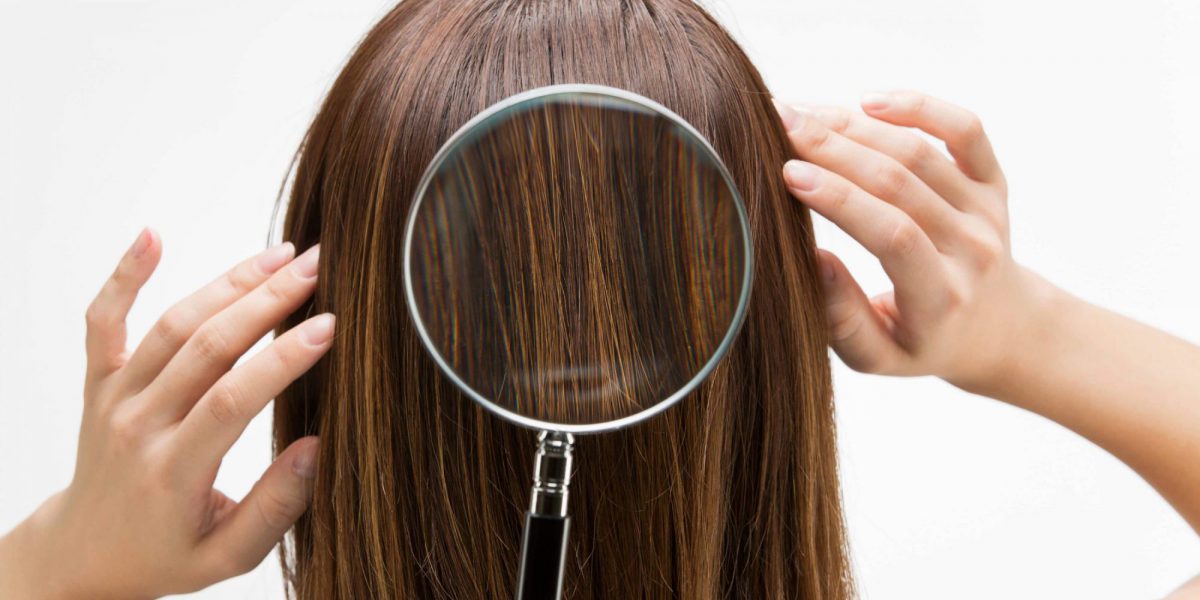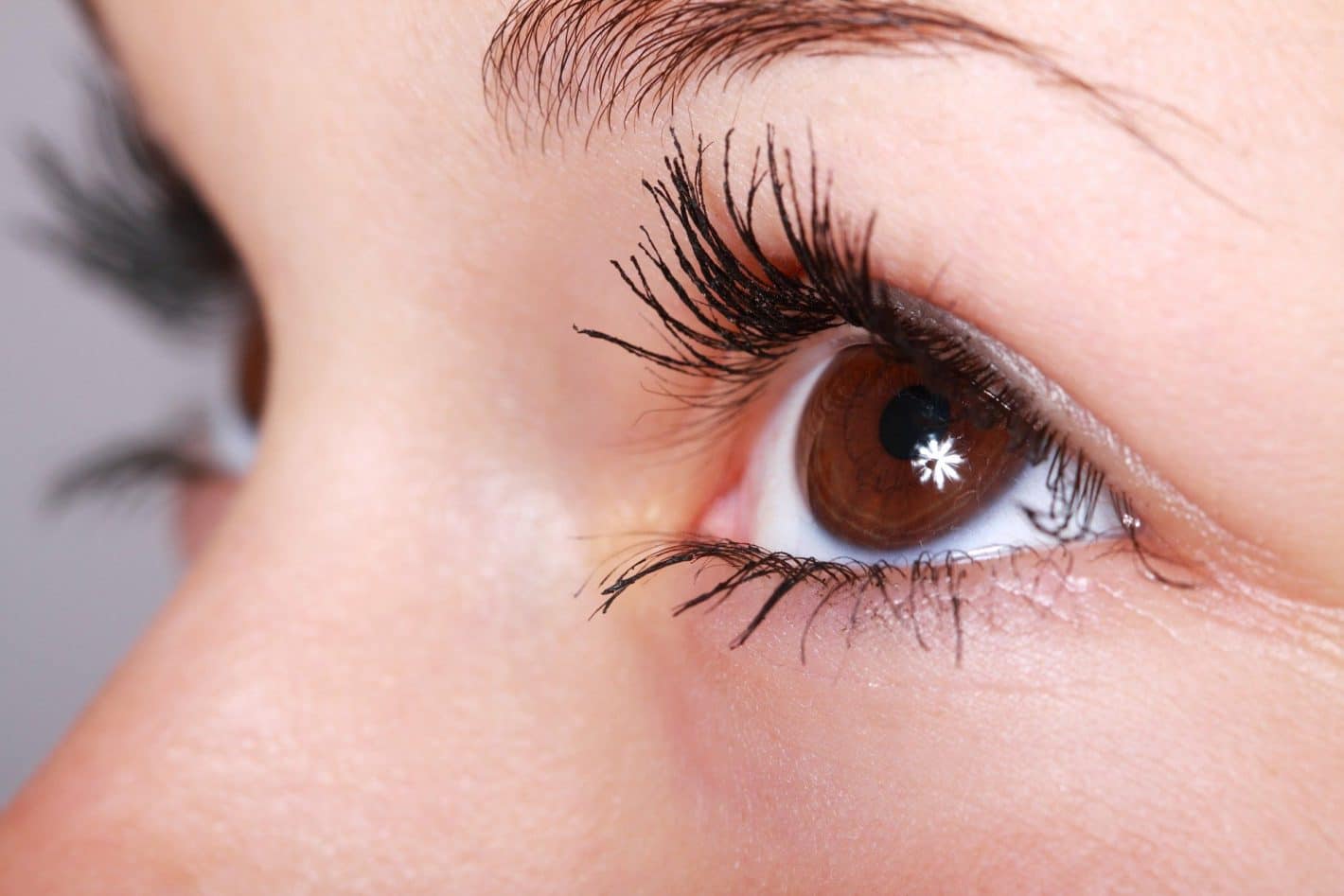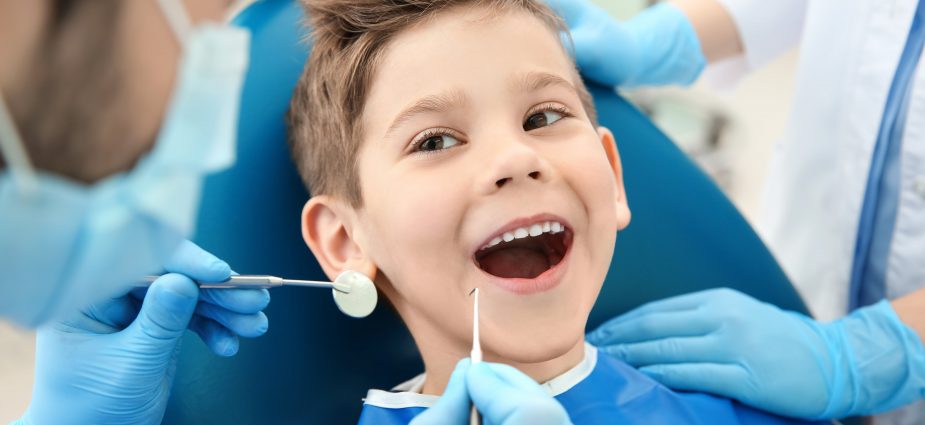When we think of laser hair reduction, our minds often conjure images of silky-smooth skin and freedom from unwanted hair growth. While this is indeed one of the most popular uses of this technology, laser hair reduction offers a range of non-cosmetic applications that extend beyond aesthetics.
In this blog, Dr. Sharvari delves into the fascinating world of non-cosmetic laser hair reduction, exploring its versatility and the various medical conditions it can effectively address.
What is Laser Hair Removal?
Laser hair reduction, also known as laser hair removal, is a non-invasive medical procedure that uses highly concentrated beams of light to target and destroy hair follicles. It’s a safe and effective method to reduce or eliminate unwanted hair growth on various parts of the body. It can be effectively used for all skin types. There are many benefits of laser hair removal, but did you know that this technology has applications far beyond aesthetics?
Before that, if you are curious to know more about laser hair removal treatment, read below.
Laser Sleek: Your Path to Silky Smooth Skin!
Where Can Laser Hair Removal Treatment Be Applied Beyond Aesthetics?
Hirsutism Management
Hirsutism is a medical condition characterised by excessive hair growth in women, often in areas where men typically grow hair, such as the face, chest, and back. It can be caused by hormonal imbalances, and laser hair reduction has emerged as an excellent solution. By selectively targeting and reducing hair growth in affected areas, laser treatment can provide long-lasting relief from the physical and emotional distress caused by hirsutism.
Based on what we’ve seen in clinics, using lasers can help decrease hair growth, especially in people with light skin and dark hair. But it’s important to know that laser treatment doesn’t make hair go away forever. After one session, hair might be reduced by 10% to 40%; if you have more sessions, it could go down by as much as 90%. These results might stick around for up to a year.
However, it’s crucial to understand that even if laser treatment helps with excessive hair growth in one area, there’s a chance that the same problem could come back in other places. This is something to keep in mind when considering laser treatment for conditions like hirsutism.
Ingrown Hair and Folliculitis Treatment
Folliculitis is a common issue that usually happens when hair follicles get infected by bacteria. This causes small red or white pimples to appear on the skin. Folliculitis often occurs due to actions like waxing, shaving, tweezing, or wearing tight clothes.
There are two types: superficial and deep. The deep type can result in scarring or permanent hair loss and, if not treated, may turn into a severe infection. Since folliculitis impacts the hair follicles, it can show up anywhere on the body with hair growth. Common areas affected include the face, back of the neck, underarms, buttocks, bikini line, back, legs, and arms.
Now, let’s discuss ingrown hairs.
Wondering what ingrown hairs are and what causes them? Let’s break it down:
Traditional hair removal methods like shaving and waxing involve cutting the visible part of the hair at the skin. However, shaving doesn’t remove the entire hair; it only takes off what you can see.
The remaining part of the hair, along with its follicle, stays alive beneath the skin’s surface. This is why the hair grows back, and you find yourself reaching for the razor again in a day or two.
While most hairs grow back normally, some struggle to push through the skin’s surface. Instead, they grow back into the body, causing swelling on the skin’s surface and, sometimes, resulting in pimples.
Ingrown hairs can occur anywhere on the body, with those having thick or curly hair experiencing them more often.
Now, you might be wondering, what’s the best way to bid farewell to ingrown hair?
Laser treatment stands out as the most effective solution for eliminating all unwanted hair, including ingrown ones. The laser destroys the follicle, a feat that no amount of lotion or moisturiser can achieve.
Once the follicle is eliminated through laser treatment, you can wave goodbye to the worry of those pesky ingrown hairs making an unwelcome return. Ingrown hairs and folliculitis (inflammation of hair follicles) are common and often painful conditions. Laser hair reduction can help by reducing the density of hair in affected areas, preventing ingrown hairs and reducing the occurrence of folliculitis.
Pilonidal Sinus Disease
Pilonidal sinus disease is a chronic condition that involves the formation of a cyst or abscess in the crease of the buttocks. It is often associated with hair penetration into the skin. Laser hair reduction can be used to target and reduce hair growth in the affected area, potentially preventing recurrent infections and cyst formation.
During laser treatment, which is a less invasive surgery, the process starts similar to traditional methods. First, the medical team numbs the area or gives general anaesthesia to ensure the patient is comfortable. Then, the doctor takes out the hairs from the cyst and cleans each opening if there is more than one.
Sometimes, a sharp tool is used to remove the pocket of the pilonidal cyst from the body. After this step, the wound is cleaned before moving forward with the procedure. In certain laser treatment surgeries for pilonidal cysts, there might be no cutting involved; the laser alone is used to heal the infected area.
Hydrocystomas and Sebaceous Hyperplasia
Hydrocystomas and sebaceous hyperplasia are harmless skin growths that might bother you for cosmetic reasons. Hydrocystomas are small, fluid-filled cysts that form around sweat glands in the skin. On the other hand, sebaceous hyperplasia is when the sebaceous glands in the skin get bigger, causing small, yellowish bumps on the skin.
Sebaceous glands, which are tiny glands in your hair follicles, produce sebum, an oily substance that keeps your skin from getting too dry. To keep these glands healthy, it’s good to follow a skincare routine that includes cleaning and moisturizing your skin.
Sweat glands, found in the outer layer of the skin, are all over your body, especially in areas like your armpits and feet where your body regulates temperature.
For both hydrocystomas and sebaceous hyperplasia, laser hair reduction is a popular treatment. This method targets the hair follicles with a laser, damaging them and slowing down future hair growth. Laser treatment offers a longer-term solution and helps dermatologists, like Dr. Sharvari, manage these conditions, making these growths less noticeable and improving the appearance of your skin.
Hypertrichosis
Hypertrichosis is a rare condition characterized by excessive hair growth in areas of the body where hair is not typically found. It’s just an uptick in the volume of hair growing on any part of the body. Hypertrichosis can happen all over or be concentrated in specific areas. Laser hair reduction can help individuals with hypertrichosis manage their condition and improve their quality of life.
While laser hair reduction is often associated with cosmetic benefits, its non-cosmetic applications are equally noteworthy. From managing medical conditions like hirsutism and pilonidal sinus disease to alleviating the discomfort caused by ingrown hairs and folliculitis, this technology has proven its versatility in the field of dermatology.
If you or someone you know is struggling with any of these non-cosmetic issues, don’t hesitate to consult a dermatologist experienced in laser hair reduction. They can provide personalized treatment plans to address these concerns and help you achieve your desired comfort and confidence.
When seeking non-cosmetic laser hair reduction treatments, it’s crucial to consult with a qualified dermatologist, like Dr. Sharvari who can assess your specific condition and provide the best course of action. With advancements in technology and expertise in the field, dermatologists can now offer solutions that extend far beyond the realm of aesthetics
Meet the Doctor
Dermatologist, Venereologist & Trichologist
Dr. Sharvari Pandit is a Consultant Dermatologist, Venereologist & Trichologist at Pandit Clinic. She has an experience of more than 10 years and acts as a visiting consultant at MMF’s Joshi Hospital, Ramkrishna Math Polyclinic, Skin Solutions clinic, Sanjeevan Hospital, Police Hospital, Pune and SRPF’s Hospital, Pune. Dr. Sharvari’s areas of special interest include aesthetic surgeries, Laser hair reduction, skin and facial rejuvenation, anti-ageing treatments (like HA Fillers and Botulinum Toxin) and hair fall treatments.
Meet the Doctor
Dermatologist, Venereologist & Trichologist
Dr. Sharvari Pandit is a Consultant Dermatologist, Venereologist & Trichologist at Pandit Clinic. She has an experience of more than 10 years and acts as a visiting consultant at MMF’s Joshi Hospital, Ramkrishna Math Polyclinic, Skin Solutions clinic, Sanjeevan Hospital, Police Hospital, Pune and SRPF’s Hospital, Pune. Dr. Sharvari’s areas of special interest include aesthetic surgeries, Laser hair reduction, skin and facial rejuvenation, anti-ageing treatments (like HA Fillers and Botulinum Toxin) and hair fall treatments.
You Might Be Interested In

Reshaping Bodies with Focused Ultrasound
The desire for fat reduction intertwines personal aesthetics, wellness considerations, and the desire for a confident self-image. However, at times, dieting or exercise don’t help

What To Consider For Laser Hair Reduction
Laser hair reduction has become a popular choice for those seeking a long-term and permanent hair removal solution for unwanted hair. As a dermatologist, I









